New research suggests that filaments of matter connecting one galaxy to another may be spinning.
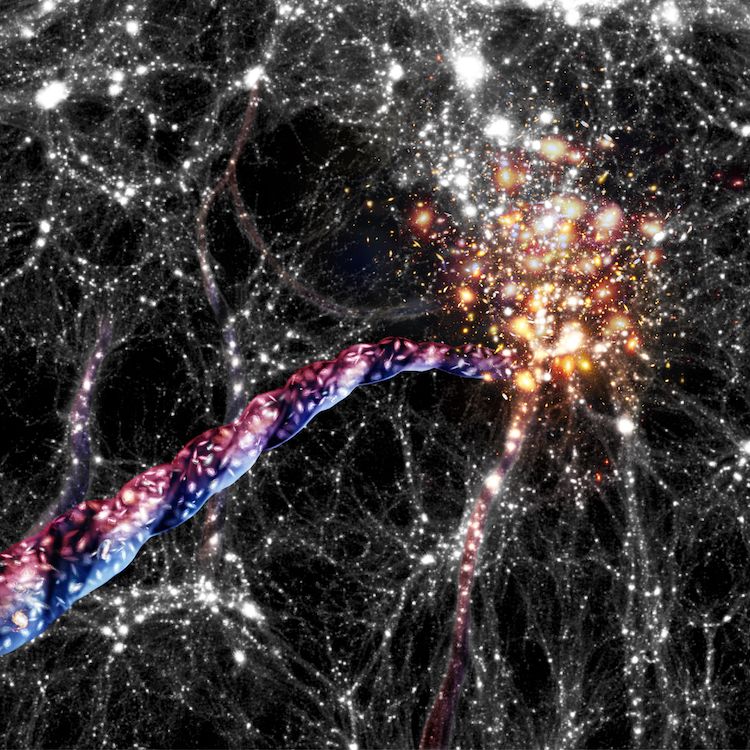


Utah is in a drought. Utah is in the need of water. Yes I do live here; for the past 51 yrs. Snowfall has decreased and rainfall is scarce! I’ve started collecting water in gallon jugs, taking less showers. Peeps have been collecting rain in barrels. Utah has not been hit so hard. Wanna go boating, river rafting, kayaking — better check if there is enough water to support your sport.
Utah (ABC4) – Utah’s water supply is not looking good this year. It’s looking so bad that in March, Utah Governor Spencer J. Cox issued an executive order, declaring a state of emergency in Utah.

“People are just exhausted.”
As COVID-19 restrictions loosen across the United States, the hospitality industry — which was walloped by the pandemic — is experiencing a new challenge: too few workers available to address soaring demand for dining out.
A furious debate is underway over what’s behind the labor shortage, which is prompting restaurants to adapt by modernizing with kiosks and digital ordering. Many are biting the bullet and ponying up more in compensation just to attract employees.
“A lot of us are paying over time,” Laurie Thomas, executive director of the Golden State Restaurant Association, said in an interview with Yahoo Finance.
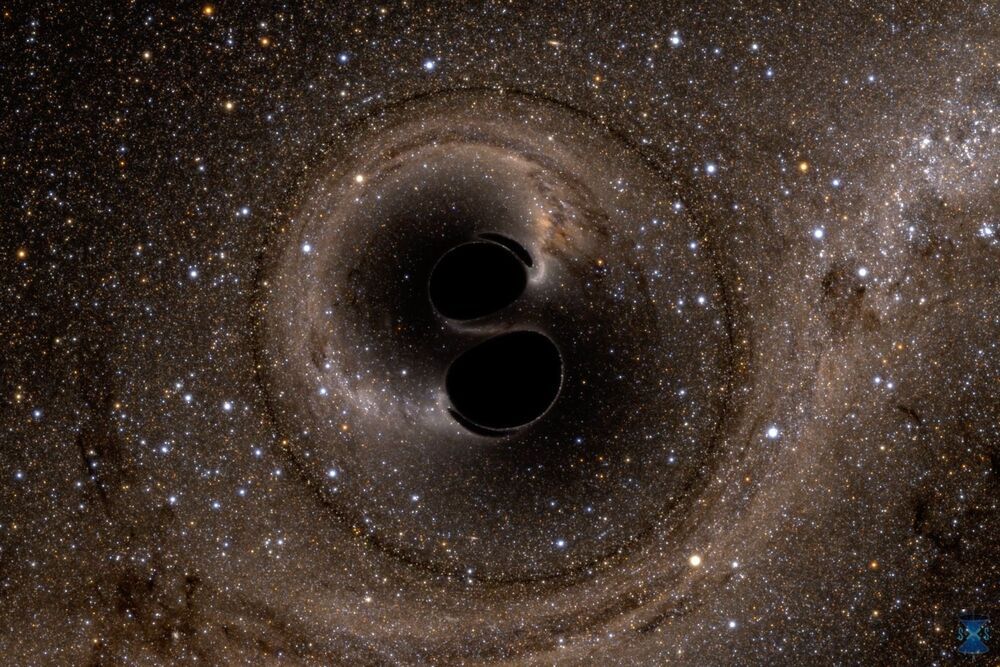
There are certain rules that even the most extreme objects in the universe must obey. A central law for black holes predicts that the area of their event horizons — the boundary beyond which nothing can ever escape — should never shrink. This law is Hawking’s area theorem, named after physicist Stephen Hawking, who derived the theorem in 1971.
Fifty years later, physicists at MIT and elsewhere have now confirmed Hawking’s area theorem for the first time, using observations of gravitational waves. Their results appear today in Physical Review Letters.

Whenever there’s an issue, there’s no support. It’s you against the machine, so you don’t even try.
Amazon’s contract Flex delivery drivers already have to deal with various indignities, and you can now add the fact that they can be hired — and fired — by algorithms, according to a Bloomberg report.
To ensure same-day and other deliveries arrive on time, Amazon uses millions of subcontracted drivers for its Flex delivery program, started in 2015. Drivers sign up via a smartphone app via which they can choose shifts, coordinate deliveries and report problems. The reliance on technology doesn’t end there, though, as they’re also monitored for performance and fired by algorithms with little human intervention.
However, the system can often fire workers seemingly without good cause, according to the report. One worker said her rating (ranging from Fantastic, Great, Fair, or At Risk) fell after she was forced to halt deliveries due to a nail in her tire. She succeeded in boosting it to Great over the next several weeks, but her account was eventually terminated for violating Amazon’s terms of service. She contested the firing, but the company wouldn’t reinstate her.

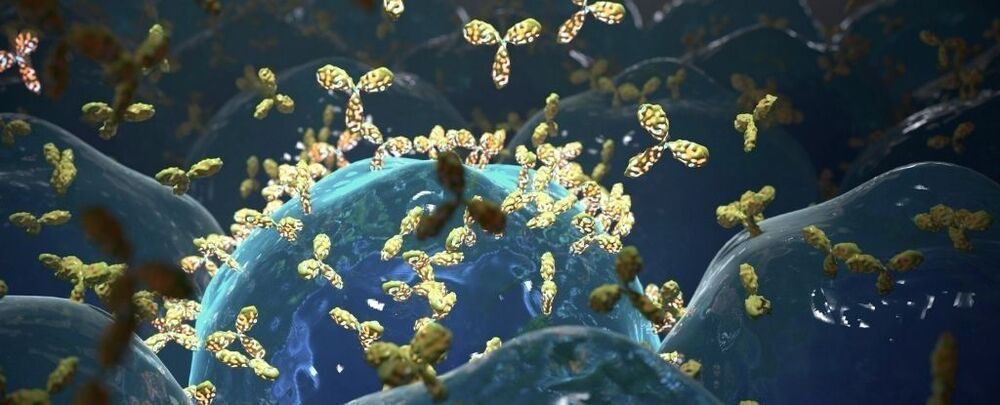
Fibromyalgia syndrome (FMS) is one of the most common chronic pain conditions out there, yet we still know shockingly little about it.
For decades, the debilitating condition — marked by widespread pain and fatigue — has been vastly understudied, and while it’s commonly thought to originate in the brain, no one really knows how fibromyalgia starts or what can be done to treat it. Some physicians maintain it doesn’t even exist, and many patients report feeling gaslit by the medical community.
New research on mice has now found further evidence that fibromyalgia is not only real, but may involve an autoimmune response as a driver for the illness.

Starting next year, the US military’s Special Operations Command (SOCOM) will start to test out an experimental pill that it says can actually stave off the effects of aging on soldiers.
The experiment, Breaking Defense reports, is part of a push to augment human ability and keep combatants healthy and operating at peak performance for longer. And, pending successful performance and clinical tests, it could make its way out into the public as a new longevity treatment for the masses as well.
“These efforts are not about creating physical traits that don’t already exist naturally,” SOCOM spokesperson and Navy Commander Tim Hawkins told Breaking Defense. “This is about enhancing the mission readiness of our forces by improving performance characteristics that typically decline with age.”
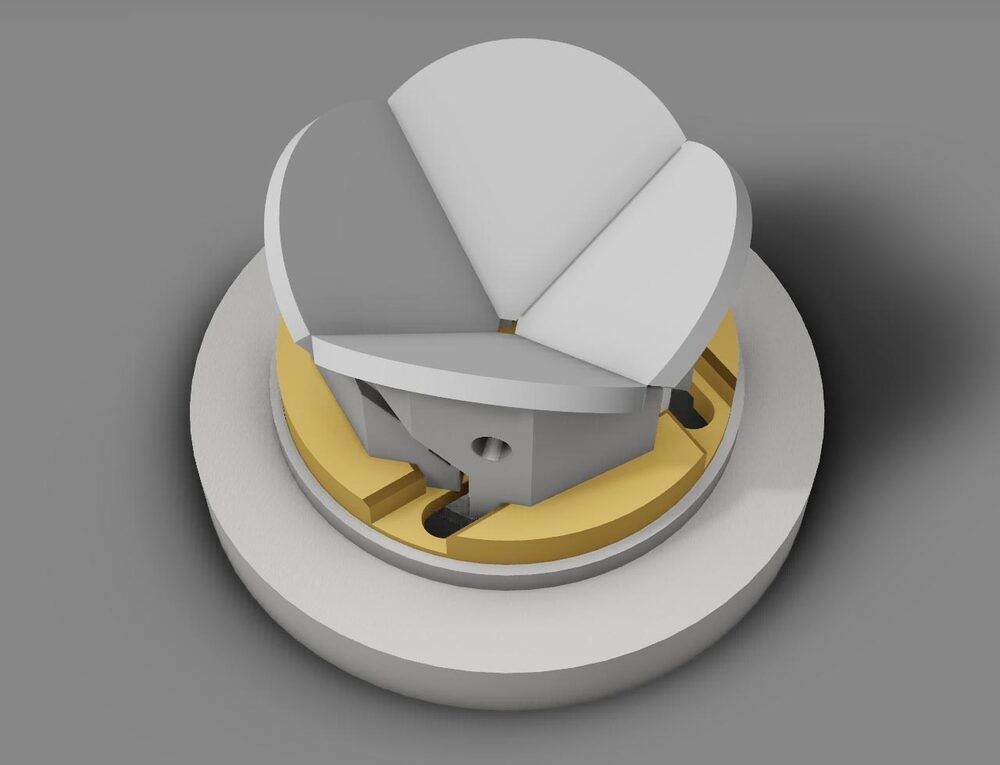
Technology advance could enable space-based atomic clocks, improving communications and GPS navigation.
Although quantum technology has proven valuable for highly precise timekeeping, making these technologies practical for use in a variety of environments is still a key challenge. In an important step toward portable quantum devices, researchers have developed a new high-flux and compact cold-atom source with low power consumption that can be a key component of many quantum technologies.
“The use of quantum technologies based on laser-cooled atoms has already led to the development of atomic clocks that are used for timekeeping on a national level,” said research team leader Christopher Foot from Oxford University in the U.K. “Precise clocks have many applications in the synchronization of electronic communications and navigation systems such as GPS. Compact atomic clocks that can be deployed more widely, including in space, provide resilience in communications networks because local clocks can maintain accurate timekeeping even if there is a network disruption.”
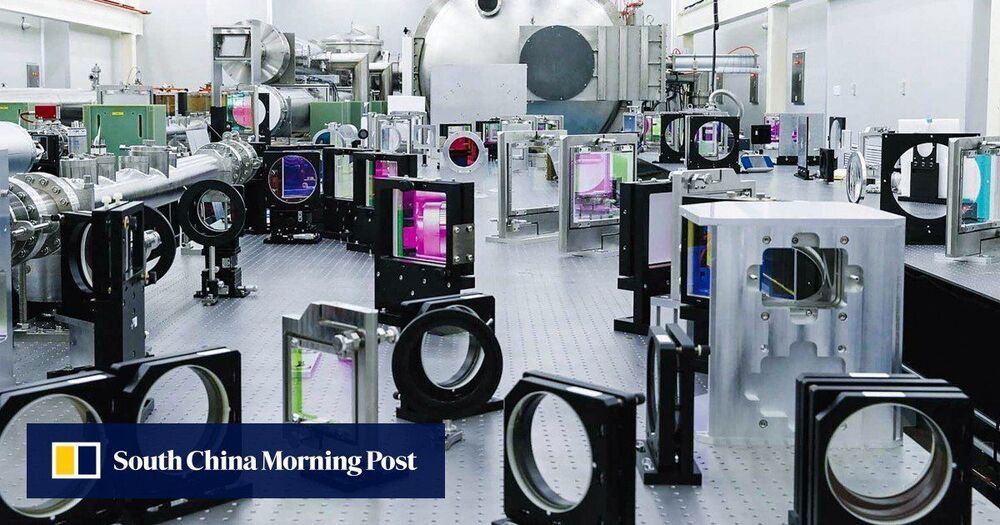
Though the laser beam eventually would be fired up in extremely short pulses – with no risk of a blackout on Earth – experts believe it would tear apart space-time for a brief moment to allow scientists to glimpse new physical phenomena that for now only exist in theories.
Technological leap would allow the firing of a laser 10000 times more powerful than all the electricity grids in the world combined.